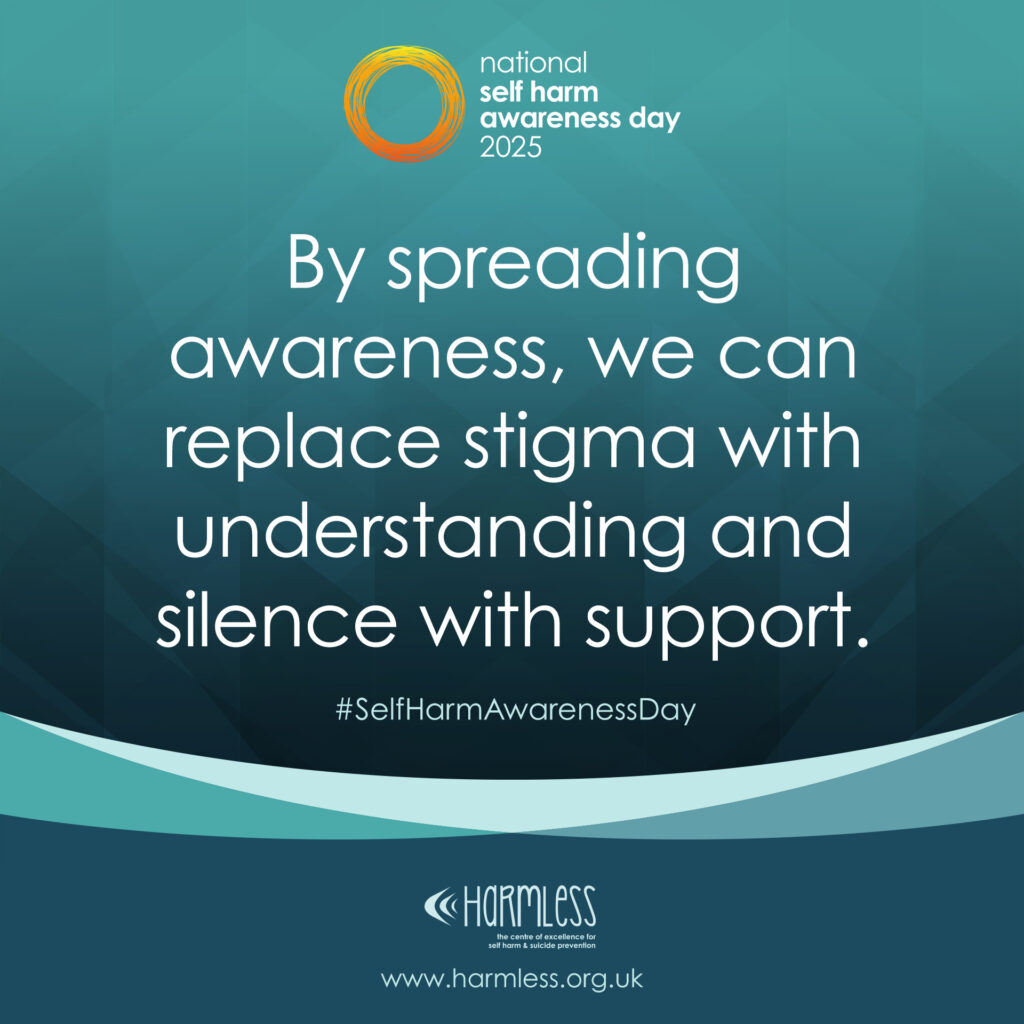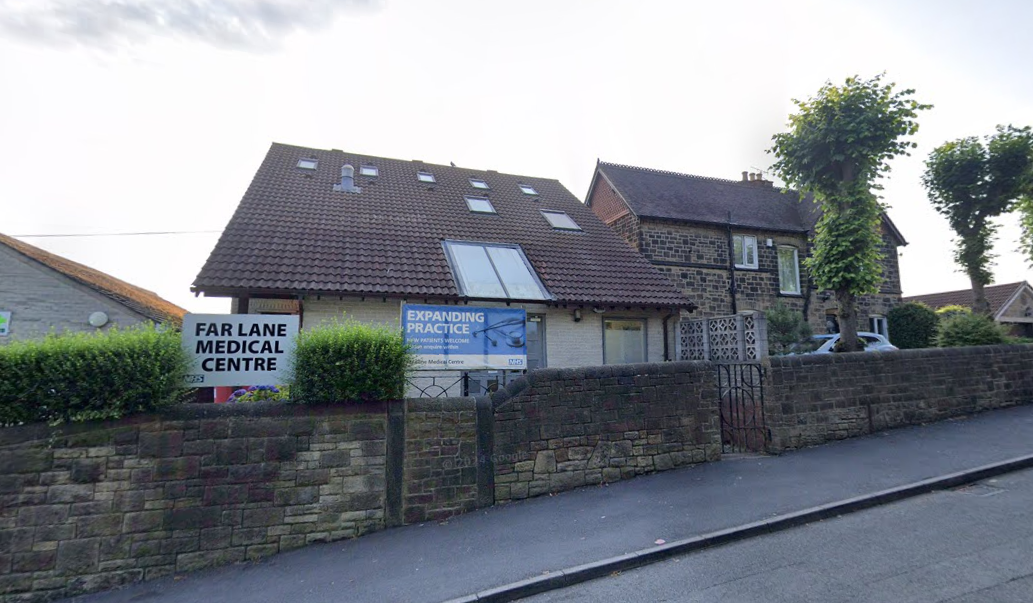Felicity wasn’t even 10-years-old the first time she deliberately hurt herself; clawing at her forehead or biting her hands in a desperate bid to block out her own intrusive thoughts.
“In my mind it made sense, to help turn the emotional pain I was feeling into physical pain,” says Felicity (a false name).
As a youngster, she quickly moved on to scratching her arms with various objects; marks her older sister would cover up with makeup to avoid others finding out what she had done.
Felicity, now 24, who asked to remain anonymous, has shared her experience of physical and emotional trauma, as part of self injury/harm (SIAD) awareness day.
The warehouse operative who had a troubled childhood due to a difficult family dynamic began suffering with feelings of self-hatred while she was still at primary school.
Growing up Felicity felt she couldn’t talk about her self harm believing: “I needed to hide it”.
When she was 16, the pressures of home and working on her A-Levels increased to a point that she began cutting her hips.
“The first time I cut myself I nearly passed out,” Felicity says. “I saw the blood trickling down my hip, the room started spinning and I had to sit down.”
Despite the physical pain she suffered, Felicity saw it as a way of coping with the emotional trauma she was experiencing.
“It was turning all this mental pain into something you could actually see,” Felicity, who also started battling against suicidal thoughts, says.
Harmless CIC, an organisation who provide a range of services around self harm and suicide, describe in a video from their Facebook, the ‘intense, consuming and unmanageable’ feelings caused by increased cortisol (a stress hormone) that can lead to self harm.
When the brain is flooded with stress, the prefrontal cortex which is responsible for logic and impulse control, struggles to cope.
It is believed dopamine is released during self harm acts – a ‘feel-good’ chemical secreted from the brain which is also involved in addiction.
According to Government statistics, there were 743 self-harm incidents involving young people, reported between April to June in 2024.
“Addiction is a negative word, like something else is controlling you,” Felicity says. “Someone said to me once that I could just stop this whenever I wanted, but it’s a coping mechanism. Not a healthy one but it is a comfort.”
Self harm/ injury is not limited to physical injury such as cutting, it can include alcohol and drug abuse, purposefully starving oneself or binge eating and exercising too much.
Felicity believes not many people understand harm that results in wounds, in the same way they understand an alcoholism as self harm, for example.
“it’s not as gory I guess,” she says. “It doesn’t usually cross someone’s mind to cut themselves.”
According to Harmless CIC, sufferers will experience a cycle: emotional distress then experiencing the physical sensation of self-harm, a release of endorphins (body’s natural painkiller and mood improver) which results in temporary relief. This is often followed by a sense of guilt or shame, furthering the cycle.
Felicity’s recovery during her time at sixth form when she began having weekly talking therapy sessions through Service 6, a charity which provides mental health and well-being support.
“I was asked to write down a list of qualities I would want in a friend,” she says.
Felicity wrote things like, kind, friendly, funny, and when she had finished the counsellor asked what was the difference between herself and the attributes she had given to the friend.
“I hadn’t realised those things about myself,” she says. “It was then it occurred to me I am nice, I am friendly, and funny.”
But it was only when Felicity started university that she began to understand herself better, aiding her recovery.
“It wasn’t a straight forward path, though,” she says.
Desperate to fit in, Felicity would attempt to replicate her peers.
“I bought a bracelet like the girls I was living with wore, thinking we would just be friends, almost as proof that I’m healed,” she says. “It took me a little while to realise it wasn’t that simple.”
Harmless CIC says recovery can come from a process called neuroplasticity, which disrupts the self harm loop through adapting, and changing behaviours.
This includes healthier coping strategies such as practising mindfulness, deep breathing, social support, journaling, exercise/movement, creativity and therapy.
Felicity did find therapy incredibly helpful but stresses the importance of ‘what effort you put in is what you’ll get out of it’.
“it’s a journey, a chapter in your life where you have to learn things about yourself and it can be intimidating,” she says. “There’s a stigma that it’s (self-harming) attention seeking, because people don’t understand it. But it’s more a cry for help, especially in situations where you feel you can’t ask for help. If it wasn’t for the stigma I feel like more people would say, ‘I hear you’.”
Being surrounded by new people and ongoing therapy sessions, Felicity finally overcome her battles with self-harm after self-hatred.

Now a budding photographer, Felicity is finally living the happy life she had always hoped for, with her boyfriend in South Yorkshire.
Her advice to anyone in self injury/ harm situations is to ‘forgive yourself’.
“You’re doing the best that you can and while you can feel a lot of guilt and shame, it is not forever, there is help and it really can make you stronger by the end of it,” she says.
For help with self injury/ harm click: HERE




